So, you’re thinking of adding another whisker to the crew? Congratulations! Welcoming a new cat is an exciting time, filled with the promise of extra purrs and playful antics. But if you already have a resident cat (or two, or three), that excitement can be mixed with a healthy dose of anxiety. Will they get along? Will there be a feline Cold War in your living room?
Take a deep breath. We are here to tell you that while cats are creatures of habit and territory, a successful introduction is not only possible—it’s probable with the right approach. Rushing this process is the most common mistake people make. The goal isn’t just to stop the hissing; it’s to build a foundation for a peaceful, or even friendly, long-term relationship.
Let’s dive into the art and science of making your cats feel like family.

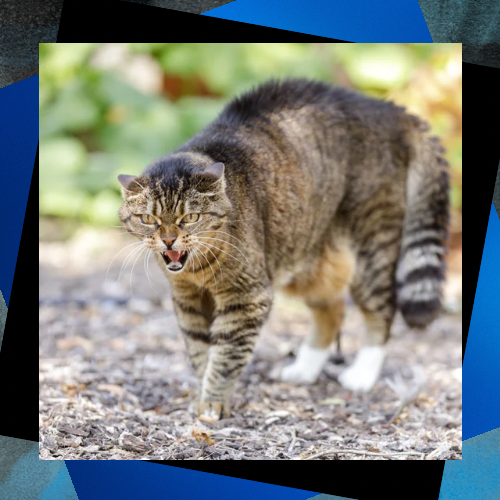
Understanding the Feline Mind: It’s All About Territory
To understand why we can’t just plop a new cat on the rug and hope for the best, we need to step into the mind of a cat. Unlike dogs, which are pack animals, cats are solitary hunters and highly territorial. In the wild, their survival depends on controlling a territory with reliable food, water, and shelter.
Fun Fact: A cat’s territory is often divided into zones. The “core territory” is their absolute safe space (usually where they eat and sleep), surrounded by a “home range” where they patrol and play, and a “hunting range” they may share (reluctantly) with other cats.
When a new cat arrives, your resident cat doesn’t see a cute friend; they see an intruder threatening their precious resources. Their instinct is to defend their turf. The new cat, meanwhile, is stressed, scared, and in unfamiliar territory, making them likely to act defensively. The key to a successful introduction is to work with these instincts, not against them. We need to make the new cat’s presence a positive thing, not a threat.
The Golden Rule: Patience is Not a Virtue, It’s a Necessity
We cannot stress this enough: Go slower than you think you need to. What’s the rush? A process that takes days, or even a week, is a blink in a cat’s life. A process rushed over a weekend can lead to years of stress. The entire process can take anywhere from a few days to several weeks or even months for some cats. Let the cats set the pace.


Step-by-Step Introduction Plan
Here is your roadmap to a harmonious multi-cat home.
Phase 1: The Pre-Arrival Setup (The Sanctuary Room)
Before you even bring the new cat home, prepare a “sanctuary room.” This should be a separate room, like a spare bedroom or bathroom, equipped with all the new cat’s essentials:
· Food and water bowls (placed far from the litter box)
· A comfortable bed
· A scratching post
· A litter box
· Toys and hiding spots (a cardboard box on its side works perfectly)
This room serves a critical purpose. It gives the new cat a safe, small territory to build confidence without being overwhelmed. It also allows your resident cat to continue enjoying the rest of the house without feeling invaded from day one.
Phase 2: The Scent Swap (The Most Important Step!)
Cats live in a world of smell. They have a special organ called the vomeronasal organ (or Jacobson’s organ) in the roof of their mouth that analyzes scents, especially pheromones. This is why you sometimes see a cat with its mouth slightly open in a funny grimace—it’s called the Flehmen response, and it’s them “reading” a scent!
Fun Trivia: Cats don’t recognize each other by sight at first. They identify friends and foes by scent. Your job is to make their scents familiar and non-threatening.

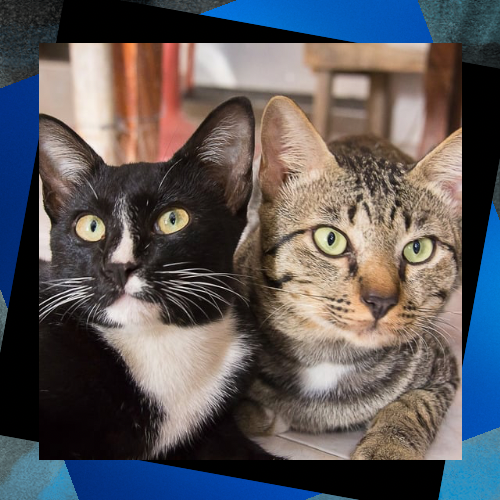
- Start Simple: After the new cat has settled in for a day, take a soft cloth or sock and rub it gently on their cheeks and chin (where their scent glands are). Do the same with your resident cat. Then, swap the cloths. Place the new cat’s scent cloth near your resident cat’s food bowl or favorite sleeping spot, and vice versa. Watch their reactions. Don’t force it; if they hiss at the cloth, that’s okay. Just try again later.
- Site Swapping: Once both cats seem curious or neutral about the other’s scent, allow them to explore each other’s territories without meeting. Confine the new cat to its sanctuary room and let your resident cat explore the empty room. Then, let the new cat explore the rest of the house. This further mingles their scents in a non-confrontational way.
Phase 3: The Door Crack Introduction
Now it’s time for a visual, but with a barrier. You can use a baby gate, a screen door, or simply prop the main door open just a crack—just enough for them to see each other but not enough to get through.
· Feed them on opposite sides of the door. The idea is to create a positive association: “When I see/smell that other cat, I get delicious food!” Start with the bowls far from the door, and over several sessions, move them closer.
· If either cat stops eating, stares, or hisses, the bowls are too close. Move them back.
· You can also play with them near the door with interactive toys like wand toys.
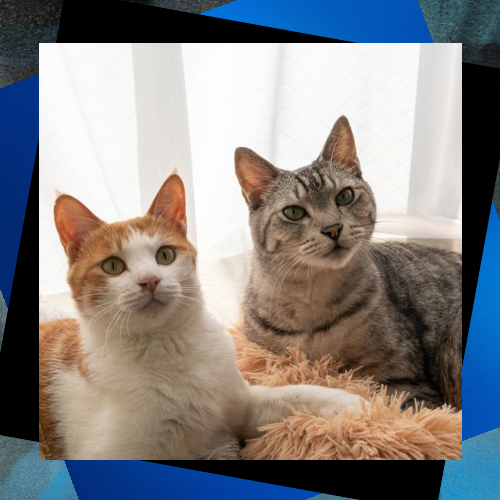
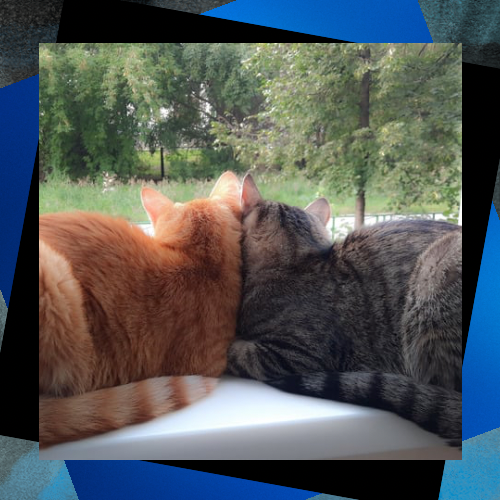
Phase 4: The Supervised Face-to-Face Meeting
When both cats are eating calmly near the door and seem curious rather than aggressive, you’re ready for a short, supervised meeting.
· Choose a neutral room, not either cat’s core territory.
· Have a stack of tasty treats ready. The moment they see each other, start showering them with treats. Keep the session very short—just a few minutes.
· Have a blanket or a piece of cardboard handy to gently separate them if things get tense (never use your hands!).
· Look for positive body language: relaxed postures, ears forward, curious sniffing. Negative signs include hissing, growling, flattened ears, a puffed-up tail (the “bottlebrush” tail), or a stiff, staring posture.
· End the session on a positive note with treats before any tension arises.
Phase 5: Gradual Integration and Building Harmony
Repeat the short, supervised meetings, gradually increasing their length. Continue to use food and play to create positive associations. Eventually, you can allow them to be together unsupervised for short periods while you’re home, then for longer stretches.
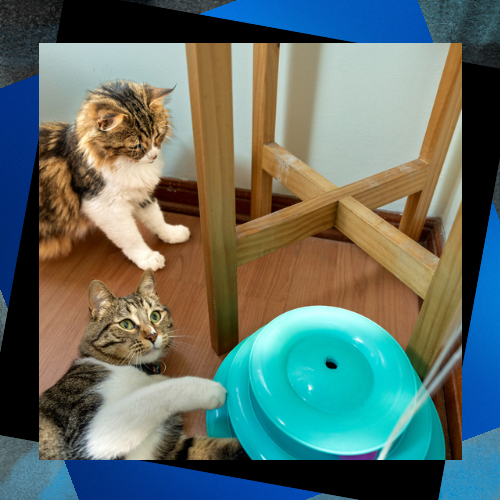

Troubleshooting Common Issues
· Hissing Happens: Don’t panic. A hiss is a warning, not an attack. It’s a cat saying, “You’re too close, back off.” Respect it. If hissing is frequent, go back a step in the introduction process.
· The Stare-Down: A direct, prolonged stare is a challenge in cat language. Distract them by tossing a treat or a toy to break the tension.
· One Cat is a Bully: If one cat is consistently chasing or cornering the other, you need to slow down. Ensure each cat has vertical space—cat trees, shelves—so the more timid cat can escape and observe from above. Cats feel safer when they have the high ground.
The Unique Charms of Our Feline Friends
Throughout this process, you’ll witness the incredible complexity of cats. They are masters of non-verbal communication, from the slight twitch of a tail to the position of their whiskers. They are independent yet form deep, meaningful bonds on their own terms. A successful introduction honors that unique nature. You’re not forcing them to be best friends; you’re providing the safety and security for a relationship to develop naturally.
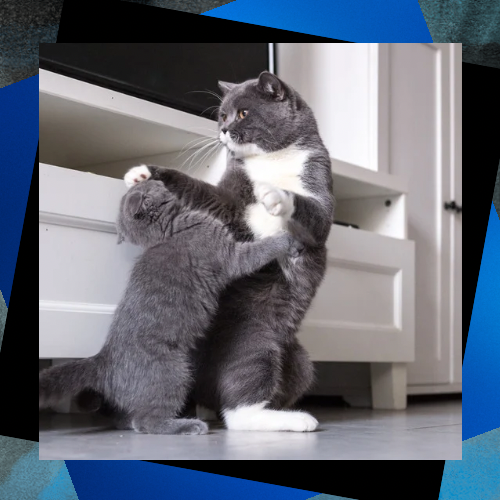

The Final Word: A Home for All
Introducing a new cat is a journey of patience and observation. It’s about listening to what the cats are telling you with their behavior. When done correctly, the reward is immense: a home filled with the quiet comfort of cats coexisting peacefully, the joy of watching them play, and the heartwarming sight of them curled up together (or at least, near each other) in a sunbeam.
It’s a testament to the fact that even the most territorial of creatures can learn to share their kingdom, especially when their human is a wise and patient guide.
References & Further Reading
- The International Society of Feline Medicine (ISFM): Their website and resources are gold standards for cat behavior and welfare, with specific guidelines on multi-cat households. https://www.cats.org.uk/media/11548/behaviour-guide-2021.pdf
- American Association of Feline Practitioners (AAFP): They publish position statements and guidelines on environmental needs for cats, which are fundamental to understanding territory. https://pubmed.ncbi.nlm.nih.gov/23422366/
- Cornell Feline Health Center, Cornell University College of Veterinary Medicine: A leading academic resource for all things cat health and behavior. Their articles on cat communication are particularly helpful. https://www.vet.cornell.edu/departments-centers-and-institutes/cornell-feline-health-center
- Think Like a Cat: How to Raise a Well-Adjusted Cat–Not a Sour Puss by Pam Johnson-Bennett. This book is considered a bible for cat behaviorists and offers an incredibly detailed chapter on cat introductions. https://dokumen.pub/think-like-a-cat-how-to-raise-a-well-adjusted-cat-not-a-sour-puss-9781101552674.html






Your tips are practical and easy to apply. Thanks a lot!
I’ll be sharing this with a few friends.
I enjoyed your take on this subject. Keep writing!
Your passion for the topic really shines through.
This was a great reminder for me. Thanks for posting.
This content is really helpful, especially for beginners like me.
This is now one of my favorite blog posts on this subject.
You have a real gift for explaining things.
Such a thoughtful and well-researched piece. Thank you.
This was incredibly useful and well written.
Thank you for sharing this! I really enjoyed reading your perspective.
You have a real gift for explaining things.
You made some excellent points here. Well done!
This gave me a whole new perspective on something I thought I already understood. Great explanation and flow!
I love how practical and realistic your tips are.
You’ve done a great job with this. I ended up learning something new without even realizing it—very smooth writing!
You made some excellent points here. Well done!
Your writing style makes complex ideas so easy to digest.